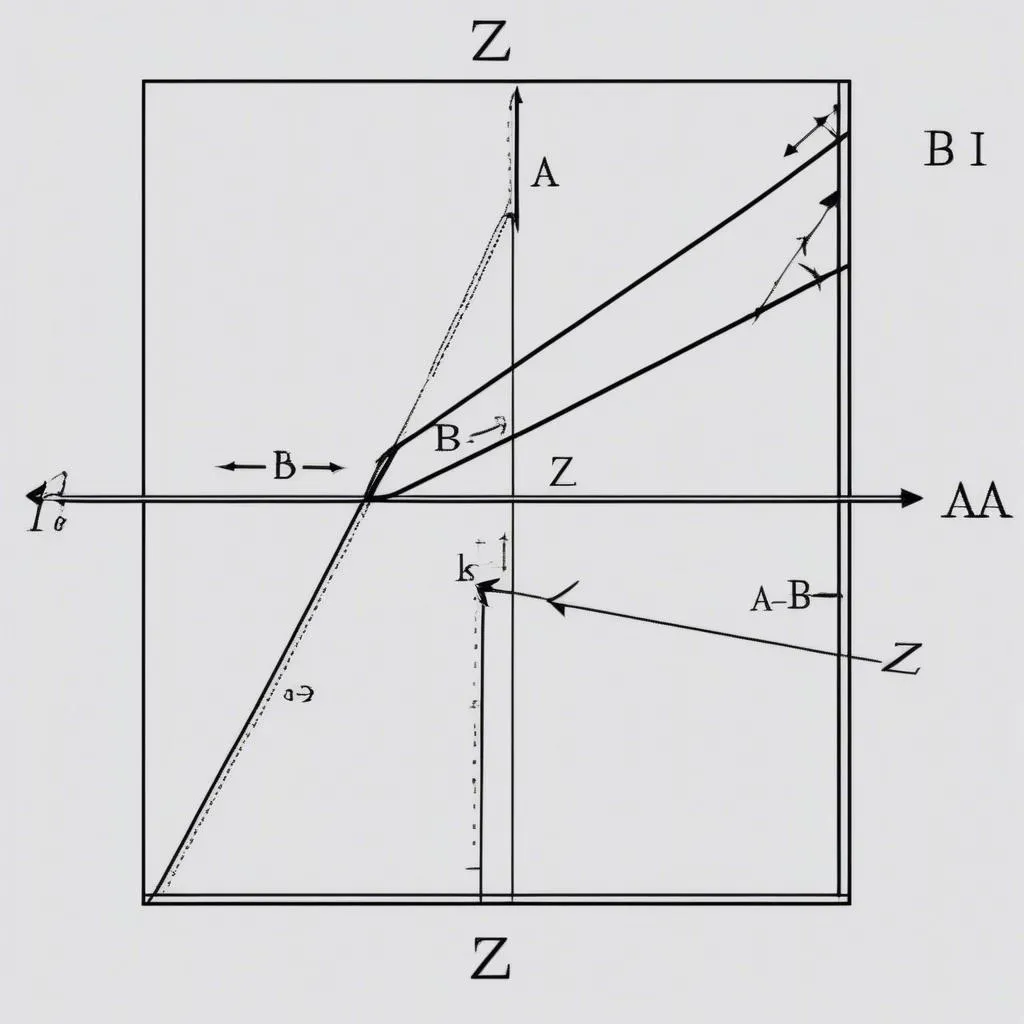“Complex numbers are like ghosts, unseen and untouchable, yet they have a huge impact on life.” – This saying is often used by math teachers to remind us when learning about complex numbers. Have you ever wondered how to visualize such an “invisible” number? The secret lies in the geometric representation of complex numbers, which will help you see the world of complex numbers clearly and more interestingly.
Understanding Complex Numbers: Insights from Experts
According to Professor Nguyen Van Thang, a leading expert in mathematics, “Complex numbers are an extension of the set of real numbers, allowing us to solve problems that real numbers cannot.” Simply put, a complex number is made up of two parts: a real part and an imaginary part. The real part is represented on the horizontal axis, and the imaginary part is represented on the vertical axis.
Representing Complex Numbers on the Coordinate Plane: Opening the Door to the Complex World
To visualize complex numbers directly, we use the complex plane, also known as the Argand plane. This plane is constructed based on the horizontal axis representing the real part (called the x-axis) and the vertical axis representing the imaginary part (called the y-axis). Each complex number z = a + bi is represented by a point M(a, b) on this plane. Point M is called the point representing the complex number z.
 Geometric representation of a complex number on the Argand plane.
Geometric representation of a complex number on the Argand plane.
Projections and Modulus of Complex Numbers: Two Important Concepts
In addition to representing complex numbers by points, we can also use projections and the modulus to better understand the properties of complex numbers.
The projection of a complex number z onto the horizontal axis is the real part a of z, and the projection onto the vertical axis is the imaginary part b of z. The modulus of a complex number z is the length of the line segment OM connecting the origin O to the point M representing the complex number z. The modulus of z is denoted as |z| and is calculated using the formula: |z| = √(a² + b²).
Applications of Complex Numbers: From Mathematics to Science
Complex numbers are not just a dry mathematical concept, but also have practical applications in many fields such as:
- Electronics: Used in the analysis of AC circuits.
- Physics: Studying electromagnetic waves, quantum mechanics.
- Computer Science: Signal analysis, image processing.
- Engineering: Designing control systems, modeling fluid flow.
The Story of Complex Numbers: When Mathematics Meets Life
Just as in life, people always seek balance, complex numbers can also be understood as the harmonious combination of two worlds: the real world and the imaginary world. For example, in music, sound is created from the interplay between timbre and intensity. Each musical note is a unique complex number, and their combination creates a wonderful piece of music.
Conclusion: Explore Further into the World of Complex Numbers
Through this article, we hope you have gained a better understanding of how to represent complex numbers geometrically, as well as recognizing the importance of complex numbers in life. Continue to explore the world of complex numbers, and you will be surprised by the wonders it brings.
Want to know more about the applications of complex numbers in which field? Leave a comment and share your thoughts. In addition, you can refer to other articles about mathematics on our website such as how to memorize quickly, how to learn letters, and how to prepare for excellent student exams.